Conference Coverage
about 4 hours ago
FLORetina 2025: Long-term follow-up in pediatric gene therapyTrending on Modern Retina
Timely interventions can protect vision in patients with GA
Enhancing Durability and Fluid Control with Aflibercept 8 mg in Retinal Vascular Diseases
Aviceda Therapeutics reports positive phase 2b SIGLEC results for AVD-104 in geographic atrophy
Evolving Therapeutic Strategies with Next-Generation Anti-VEGF Agents in Retinal Vascular Diseases
FLORetina 2025: Long-term follow-up in pediatric gene therapy
Latest News
Shorts

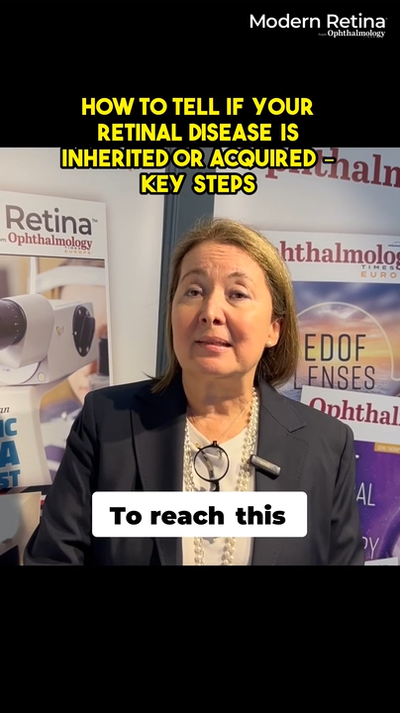
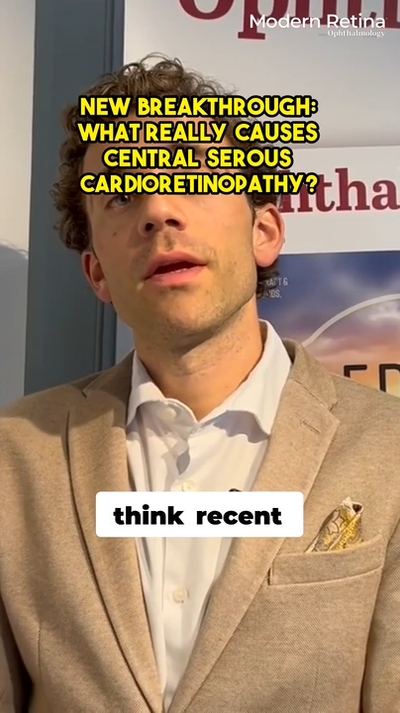
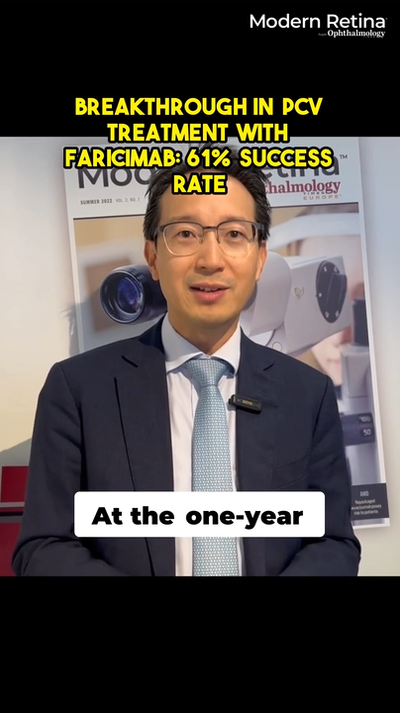
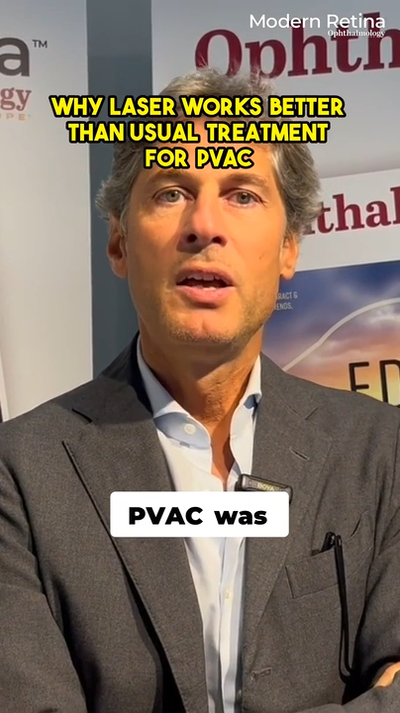
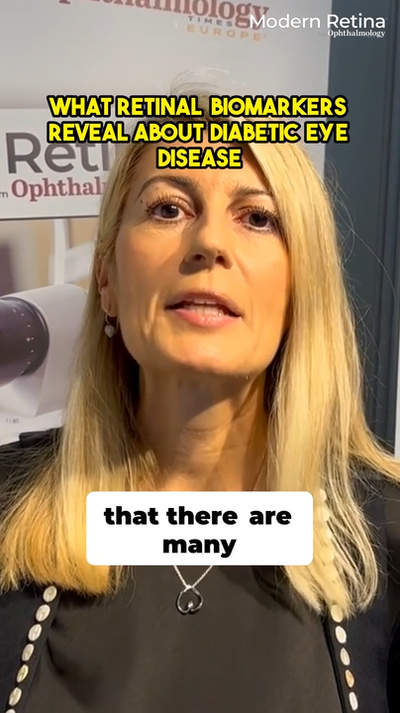
Podcasts

Eichenbaum Acorns: Inside the mindset of an early adopter with Jordan M. Graff, MD, FACS
For Jordan M. Graff, MD, FACS, early adoption is about reigniting the thrill of discovery and navigating the rewards, risks, and realities of translating innovation into practice.

The Retina TL;DR: Redefining office-based surgery for retina care with Jonathan Feistmann, MD
In the latest episode of The Retina TL;DR, host Christina Y. Weng, MD, MBA, FASRS, talks with Dr Feistmann in an overview of office-based surgery, with actionable advice for retina specialists considering this approach.

Eichenbaum Acorns: A leadership conversation with Rishi P. Singh, MD, FASRS, on advancing CME
Behind the scenes of building impactful educational platforms in retina care

The Retina TL;DR: Rethinking retinal detachment repair with Tony Stefater, MD, PhD; and Tommy Stryjewski, MD
In the debut episode of The Retina TL;DR, host Christina Y. Weng, MD, MBA, FASRS, talks with Tony Stefater, MD, PhD; and Tommy Stryjewski, MD, about PYK-2101, a biodegradable retinal sealant designed to replace gas and oil tamponades.

PHOTON Trial Outcomes: Impact on DME Patient Care in Clinical Practice
John Kitchens, MD, and Diana Do, MD, delve into the PHOTON trial results and their significance for treating patients with diabetic macular edema in clinical settings.

PULSAR Study Findings: Implications for Treating nAMD in Clinical Practice
Join John Kitchens, MD, and David Brown, MD, as they explore the PULSAR study results and their impact on managing neovascular age-related macular degeneration in your practice.

Integrating AI to manage DR in a primary care setting
Ehsan Rahimy, MD, speaks on the highlights of a study he presented at this year's virtual AAO 2020 meeting that aimed to integrate an artificial intelligence screening system for managing diabetic retinopathy referrals in a primary care setting — with limited specialty support.

What to expect from virtual AAO 2020
American Academy of Ophthalmology (AAO) President Anne L. Coleman, MD, PhD, offers a preview of what attendees can look forward to from the academy's 2020 virtual annual meeting — kicking off Nov. 13-15.

Spotlighting telemedicine in the year of a pandemic
In this EyePod episode, Ranya Habash, MD, of Bascom Palmer Eye Institute, University of Miami, speaks on the expansion of telemedicine in ophthalmology amid the pandemic and why the future of telemedicine requires a new way of thinking.

Putting in practice retina innovations amid a pandemic
S.K. Steven Houston III, MD, shares how his practice has put to use recent retina innovations and adapted to accommodate the ever-changing operating room spacing and set-up in the current COVID-19 environment.
Videos
Modern Retina Digital Edition





Continuing Medical Education
All News

Xelafaslatide is a small-molecule Fas inhibitor designed to protect key retinal cells, including photoreceptors, from cell death that occurs across multiple retinal diseases and conditions.


New research highlights iron dysregulation's role in dry AMD, suggesting transferrin as a promising treatment to slow disease progression.

K8 is a member of a new class of inflammasome-inhibiting drugs called kamuvudines.

Gene therapy revolutionizes retinal disease treatment, offering long-lasting solutions and reducing the need for frequent injections in patients with nAMD.

Geographic atrophy management evolves with proactive imaging, personalized therapies, and real-world insights, enhancing patient care and treatment outcomes.

nAMD treatment options may offer positive outcomes to patients by reducing fluid fluctuations associated with poorer outcomes.

Guest lecturer explores the emerging frontiers in ROP therapy and the evolving ethical, clinical, and technological considerations.

Ophthalmology advances with AI diagnostics and pediatric trauma insights, merging technology and compassion to enhance patient care and outcomes.

Choroidal dysfunction plays a crucial role in retinal diseases, highlighting its potential as a therapeutic target and the need for innovative treatments.

Dr. Sharon Fekrat presented a retrospective analysis assessing how antiplatelet and anticoagulant therapy relates to hemorrhage characteristics and outcomes.

Sharon Fekrat discusses the complexities of antithrombotic use in wet AMD, highlighting the need for individualized treatment and future guideline development.

Remote monitoring of age-related macular degeneration enhances patient care, reduces treatment burden, and leverages AI for personalized management.

Prof Dr Rajvardhan Azad explains how unified guidelines, AI-driven tools, and cross-disciplinary collaboration could transform outcomes for premature infants.
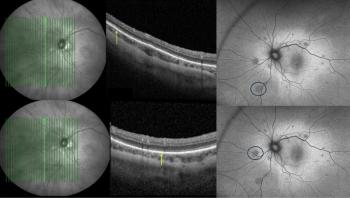
Priyanka Sanghi, BSc, MSc, MBBS, highlights how fundus autofluorescence and optical coherence tomography may help uncover long-term retinal footprints invisible to standard examination.

Innovative multimodal deep learning models enhance non-invasive chronic kidney disease screening by integrating retinal images and urine dipstick data for improved accuracy.

Dr. Melissa Yuan discusses the impact of weight and postmenstrual age on foveal maturation in preterm infants, highlighting critical insights for neonatal care.

The Portal extension trial reveals that the Port Delivery System significantly improves vision in AMD patients, showcasing long-term efficacy and durability.

New treatments show promise in preventing fibrosis in neovascular AMD, addressing a critical need for improved visual outcomes in patients.

Dr. J. Peter Campbell discusses the technologies shaping retinopathy of prematurity detection, clinical integration, and global implementation.

To help with education and awareness, Prevent Blindness is providing free, expert-approved educational resources on GA.

The company noted that this approval marks Celltrion's first Health Canada-approved biologic product in ophthalmology.

AAO 2025 highlights groundbreaking advancements in retinal disease treatments, showcasing senolytics, optogenetics, and personalized therapies for improved patient outcomes.

AAO 2025 revealed that true-color widefield imaging, AI-powered home OCT, and refined FAERS analyses are collectively transforming retinal diagnostics into a more precise, continuous, and safety-aware system.

According to the company, this is the first and only single-use kit on the market that includes the diagnostic lens.

Both therapeutics will leverage AGC Biologics’ BravoAAV suspension platform and use an innovative dual AAV vector approach, which splits the therapeutic gene into 2 halves.

EyePoint Pharmaceuticals' DURAVYU trials for wet AMD receive positive DSMC review, highlighting safety and potential for improved patient outcomes.

The two meetings will be held concurrently from December 4-7 in Florence, Italy.


For Jordan M. Graff, MD, FACS, early adoption is about reigniting the thrill of discovery and navigating the rewards, risks, and realities of translating innovation into practice.

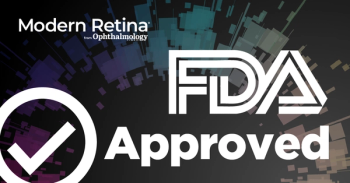

Chhablani discusses key findings on retinal vasculitis from the FAERS database, highlighting trends and safety in intravitreal treatments.





















































